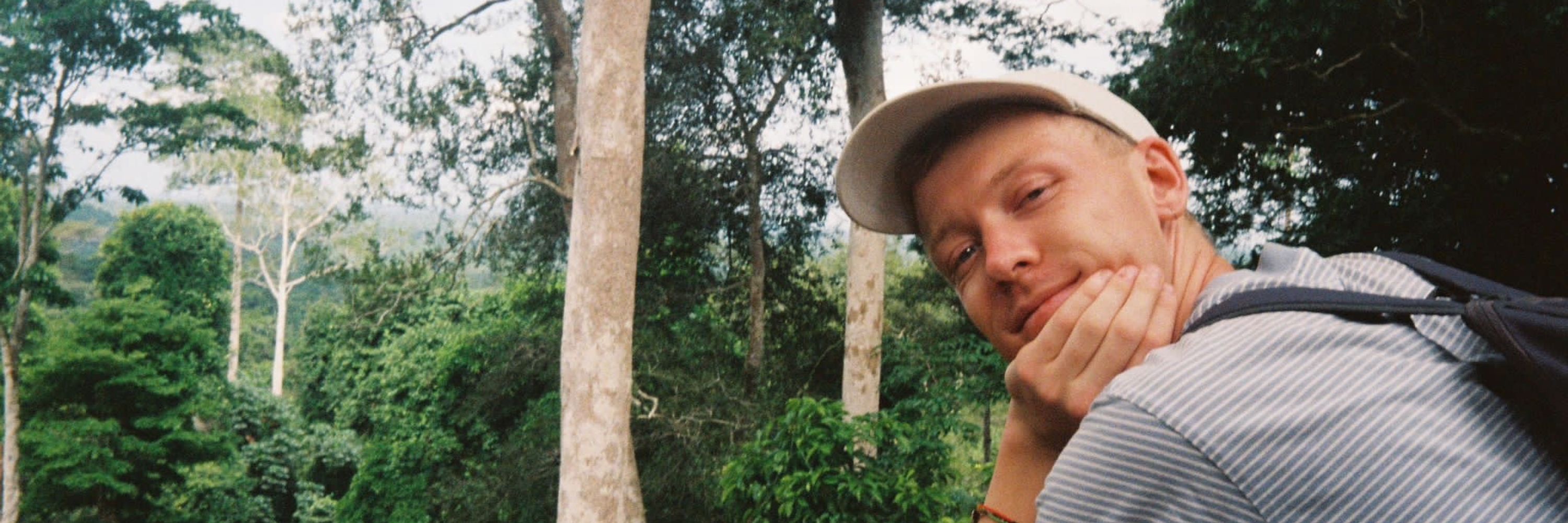Tom George
@tomnotgeorge.bsky.social
220 followers
330 following
31 posts
Neuroscience/ML PhD @UCL
• NeuroAI, navigation, hippocampus, ...
• Open-source software tools for science (https://github.com/RatInABox-Lab/RatInABox)
• Co-organiser of TReND CaMinA summer school
🔎👀 for a postdoc position…
Posts
Media
Videos
Starter Packs
Tom George
@tomnotgeorge.bsky.social
· Dec 17

Neural heterogeneity promotes robust learning - Nature Communications
The authors show that heterogeneity in spiking neural networks improves accuracy and robustness of prediction for complex information processing tasks, results in optimal parameter distribution simila...
www.nature.com
Tom George
@tomnotgeorge.bsky.social
· Nov 28
Sarah Shipley
@shipleysj.bsky.social
· Nov 28

Disordered Hippocampal Reactivations Predict Spatial Memory Deficits in a Mouse Model of Alzheimer's Disease
Alzheimer's disease (AD) is characterised by progressive memory decline associated with hippocampal degeneration. However, the specific physiological mechanisms underlying hippocampal dysfunction in A...
doi.org
Tom George
@tomnotgeorge.bsky.social
· Nov 26
Tom George
@tomnotgeorge.bsky.social
· Nov 25
Tom George
@tomnotgeorge.bsky.social
· Nov 25
Tom George
@tomnotgeorge.bsky.social
· Nov 25
Tom George
@tomnotgeorge.bsky.social
· Nov 25
Tom George
@tomnotgeorge.bsky.social
· Nov 25
Tom George
@tomnotgeorge.bsky.social
· Nov 25
Tom George
@tomnotgeorge.bsky.social
· Nov 25
Tom George
@tomnotgeorge.bsky.social
· Nov 25
Tom George
@tomnotgeorge.bsky.social
· Nov 25
Tom George
@tomnotgeorge.bsky.social
· Nov 25










